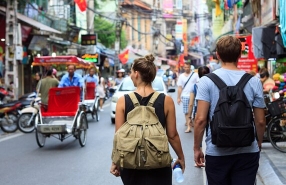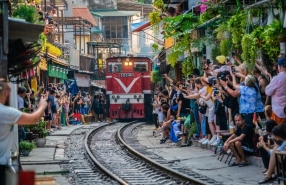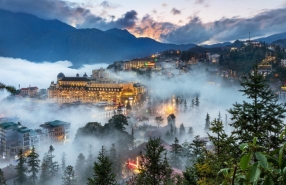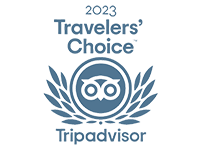What To See In Hanoi? Guide To Visit Ho Chi Minh Mausoleum In Your Trip

Your visit to Hanoi isn’t complete without exploring the iconic Ho Chi Minh Mausoleum, a symbol of Vietnamese pride and history. Located in Ba Dinh Square, this solemn site honors President Ho Chi Minh, the beloved leader who shaped modern Vietnam.
From its grand architecture to the serene gardens surrounding it, Ho Chi Minh mausoleum in Hanoi offers a profound cultural and historical experience. Join me as I guide you through everything you need to know to make the most of your visit to this unmissable landmark in capital!
Table of Contents
1. Who is Ho Chi Minh?
Driven by an unyielding resolve, he embarked on a journey to France, and later to numerous other countries, armed with nothing but his ambition and conviction. He sought to uncover the path to liberate Vietnam from colonial oppression. After years of tireless effort and preparation, Ho Chi Minh returned to Vietnam, ready to lead the nation toward independence and freedom from French domination.
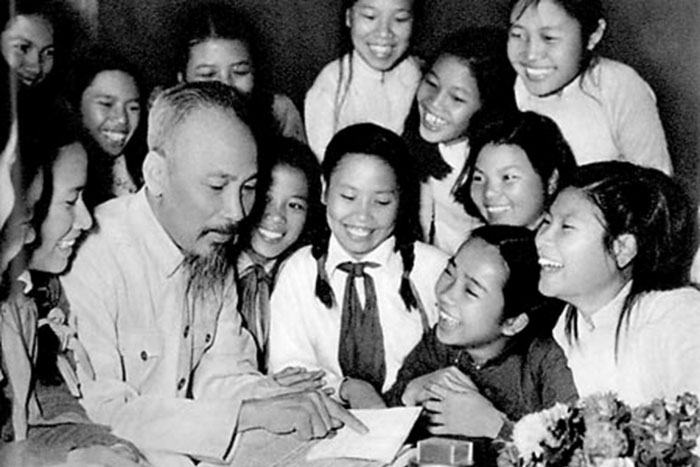
2. Where is Ho Chi Minh Mausoleum? How to get there?
The Ho Chi Minh Mausoleum, situated at the heart of Ba Dinh Square, holds great historical significance as the site where President Ho Chi Minh once presided over national rallies. Its exact location is 2 Hung Vuong Street, Dien Bien Ward, Ba Dinh District. Visitors can easily reach this iconic landmark by private vehicle or public bus.
If you’re traveling by motorbike or car, convenient parking is available at two key locations: Ong Ich Khiem street (opposite the Mausoleum Guard Command) and Ngoc Ha Street (near the entrance to Hanoi Ho Chi Minh Museum). For those using public transportation, several bus routes pass by Ba Dinh Square, including bus numbers 09, 33, 22, 45, and 50, offering an affordable and accessible way to reach the mausoleum.
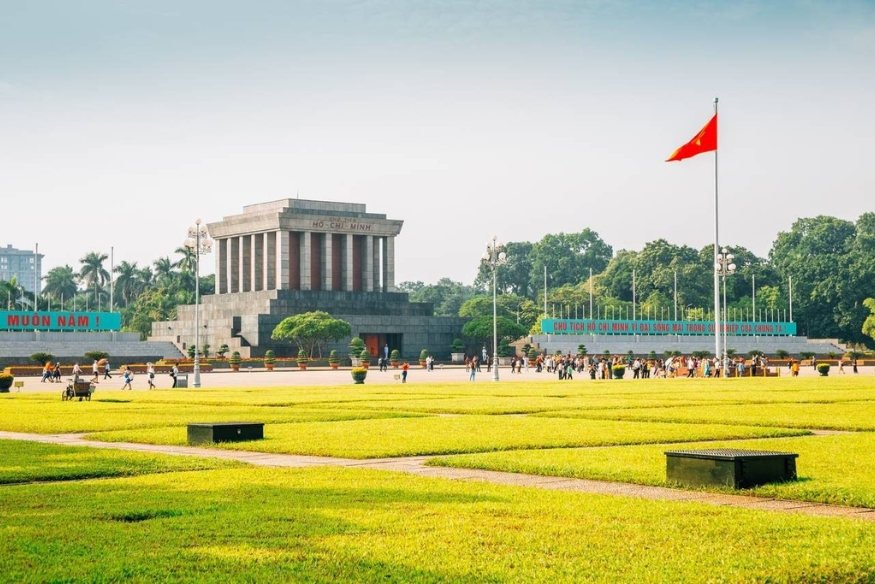
No matter how you choose to travel, taking a Ho Chi Minh Mausoleum tour, this iconic site is an enriching experience that provides a deeper connection to Vietnam’s history and its revered leader.
3. Ho Chi Minh mausoleum opening times & price ticket
Ho Chi Minh Mausoleum Hanoi welcomes visitors in the morning on Tuesdays, Wednesdays, Thursdays, Saturdays, and Sundays, while it remains closed on Mondays, Fridays, and in the afternoons of all days. However, on special occasions such as May 19 (President Ho Chi Minh’s birthday), September 2 (Vietnam’s National Day), or the first day of the Lunar New Year, the mausoleum opens to visitors, even if these dates fall on a Monday or Friday.
Each year, the mausoleum undergoes a maintenance period, typically lasting two months between September and November, during which it is closed to the public. The exact maintenance schedule is announced in advance by the Mausoleum Management Board.
The visiting hours for the Ho Chi Minh Mausoleum are as follows:
Summer & Fall (April 1 - October 31):
- Tuesday to Thursday, Saturday, and Sunday: 7:30 a.m. - 10:30 a.m.
- On Saturdays, Sundays, and public holidays: visiting hours are extended by 30 minutes.
Winter & Spring (November 1 - March 31):
- Tuesday to Thursday, Saturday, and Sunday: 8:00 a.m. - 11:00 a.m.
- On Saturdays, Sundays, and public holidays: visiting hours are extended by 30 minutes.
Plan your visit accordingly to ensure you experience this important historical site.
4. What to see around the Ho Chi Minh Mausoleum?
a. Attend the flag raising and lowering ceremony at Ba Dinh Square
Have you ever witnessed the flag-raising and lowering ceremony at the Ho Chi Minh Mausoleum? If not, allow me to introduce you to this profound and symbolic experience in Hanoi, the heart of Vietnam.
Every day at 6 AM and 9 PM, Ba Dinh Square becomes the stage for a solemn and dignified event: the flag-raising and lowering ceremony at the Ho Chi Minh Mausoleum. This ceremony is far more than a cultural tradition, it is a stirring representation of national pride and a deep love for the homeland. A team of 37 impeccably uniformed guards performs a meticulously choreographed ritual, accompanied by the resonant notes of the Vietnamese national anthem. The sight of Vietnam national flag soaring in the wind against the backdrop of the mausoleum creates a striking and poignant image.
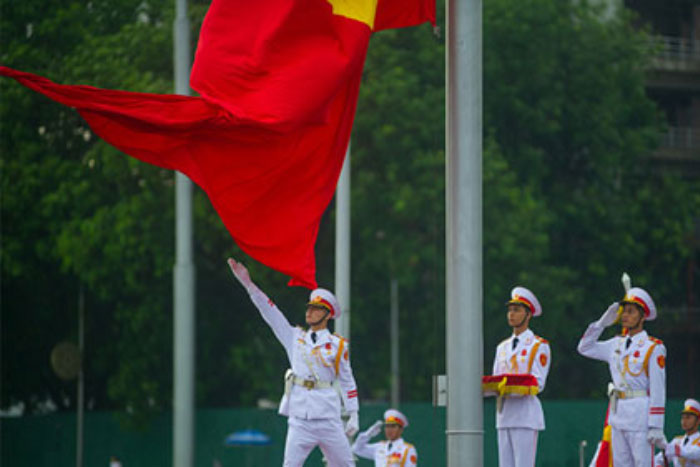
The raising of the flag coincides with the opening of the Ho Chi Minh Mausoleum Hanoi, inviting visitors to step inside and pay their respects to Uncle Ho, the revered leader who guided Vietnam through its most challenging times to achieve independence and freedom.
Taking a Ho Chi Minh Mausoleum tour and participating in the flag-raising or lowering ceremony is not only a cultural highlight but also a heartfelt tribute to the sacrifices and ideals that shaped the nation. It’s an unforgettable experience that captures the spirit of Vietnam and is a must-see for anyone visiting Hanoi.
b. Visit the Mausoleum
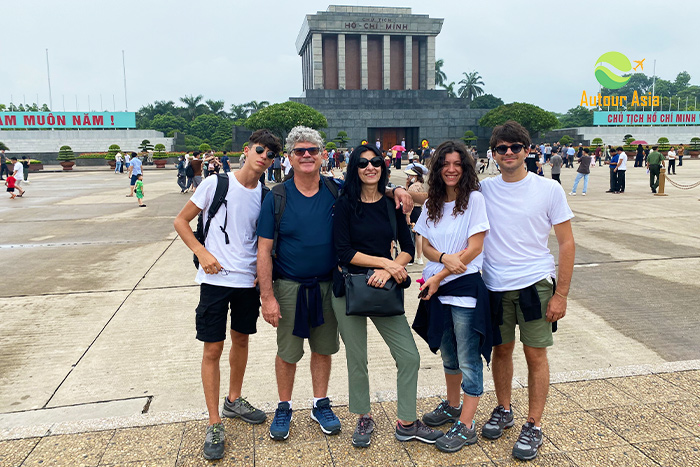
Inside, the atmosphere deepens as you step into the chamber where Ho Chi Minh's body is preserved. The room exudes sanctity, with every element meticulously curated, from the marble-clad walls to the intricately crafted wooden doors sourced from across the nation. At the heart of this solemn space lies a glass coffin encasing Ho Chi Minh’s embalmed body, resting gracefully on a stone bed and pedestal.
On special occasions, the presence of four uniformed guards standing vigil in the chamber enhances the profound sense of respect and veneration. Visiting the Ho Chi Minh Mausoleum is far more than a historical tour; it is a moving and meaningful experience, preserving the memory and legacy of one of Vietnam’s most iconic leaders.
c. Visit the Presidential Palace in Hanoi
The Presidential Palace in Hanoi Vietnam stands as an iconic symbol of both historical significance and modern governance. Serving as the residence and workplace for the president, vice president, and the presidential office, this prestigious site is located within the Presidential Palace complex, near Ho Chi Minh Mausoleum and Ba Dinh Square. It is also the venue for official ceremonies to welcome visiting heads of state and government dignitaries to Vietnam.
Originally designed as one of the most prominent residences built by the French in Indochina, the palace boasts 30 rooms, each uniquely decorated. The building was conceived as the Governor-General's Palace of Indochina, featuring a symmetrical design with a central block flanked by two side wings. It consists of two main floors, an elevated ground floor, and an attic. The semi-underground ground floor houses service areas, while the second floor contains salons, offices, and reception rooms. The third floor was once reserved for the private quarters of the Governor-General.
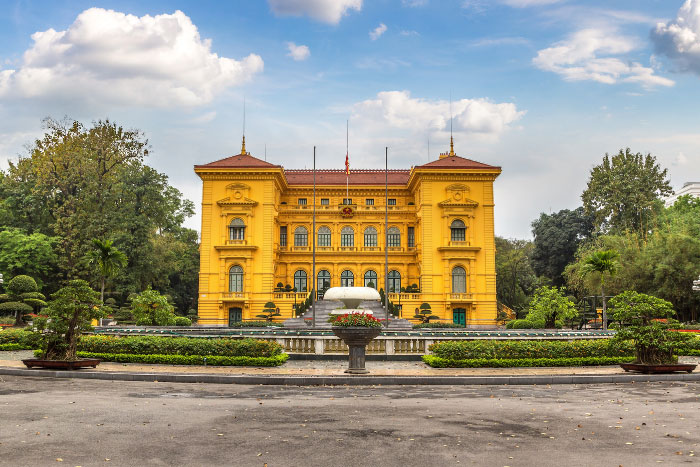
Constructed between 1901 and 1906 by architect Charles Lichtenfelder, the palace was a striking representation of power and colonial prestige. Following Vietnam's independence, it was repurposed as the residence and office of Vietnamese authorities. After the country's reunification in 1976, it officially became the Presidential Palace of Hanoi, retaining its role as a key venue for official functions and high-level receptions.
The Presidential Palace Hanoi also serves as a place of remembrance for Uncle Ho, with nearby exhibitions and memorials honoring his legacy. While the palace itself is not open to the public, visitors can explore the beautifully landscaped gardens in the surrounding area.
d. Take a Stroll Around Uncle Ho's Stilt House and Fish Pond
Uncle Ho's Stilt House is more than a historical and cultural treasure, it is a must-visit destination in Hanoi, attracting tourists from across the globe. This humble yet iconic structure showcases the traditional stilt-house architecture of Vietnam’s ethnic communities. Measuring 10.5 meters in length and 6.2 meters in width, the house consists of two distinct floors: the ground floor served as Uncle Ho’s workspace during the summer months, while the upper floor provided a resting and working area.
Crafted from durable wood and topped with a simple tile roof, the stilt house radiates a warm and unpretentious charm. A visit here offers a glimpse into Uncle Ho’s modest lifestyle, as you can see his personal belongings preserved just as they were, including his bed, table, chair, and other everyday items.
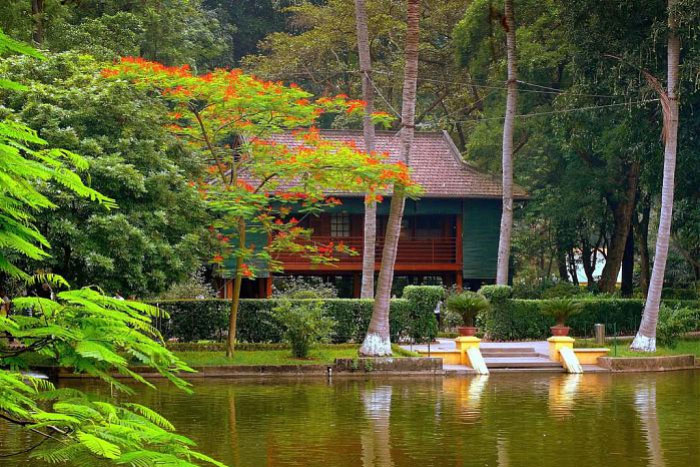
Knowledgeable guides are available to share deeper insights into Uncle Ho’s daily life and the historical significance of the stilt house. The visit is complemented by the serene beauty of the surrounding area, particularly Uncle Ho’s fish pond, a tranquil spot where he would often relax and feed the fish after a day’s work. This enriching experience not only provides a window into Vietnam’s history but also leaves visitors with a profound appreciation for the simplicity and dedication of one of the country’s greatest leaders.
e. Visit the Ho Chi Minh Museum
The Ho Chi Minh Museum, a sanctuary of memory and tradition, stands as a tribute to one of Vietnam’s most iconic leaders. Located at 19 Ngoc Ha Street, in a serene neighborhood near the Ho Chi Minh Mausoleum in Hanoi and Bach Thao Park, this museum offers visitors a tranquil yet profound space to delve into Vietnam’s rich cultural heritage.
Inside, you’ll uncover a collection of historical artifacts, rare documents, and personal mementos that illuminate the life and legacy of Ho Chi Minh. From intimate glimpses through his personal belongings to evocative photographs and significant relics, every display tells a piece of the nation’s remarkable history and its journey toward independence.
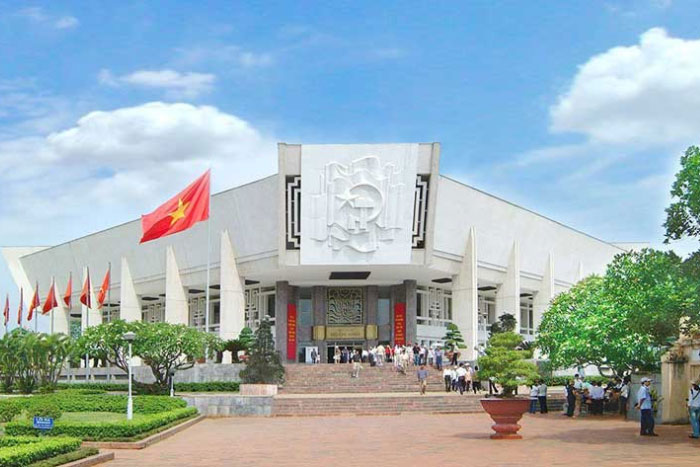
More than a repository of the past, the Ho Chi Minh museum serves as a spiritual and cultural gathering place. It invites visitors to connect with the ideals, dedication, and vision of a leader who shaped Vietnam’s destiny. The experience is both educational and deeply moving, leaving visitors with a profound appreciation for the enduring legacy of Ho Chi Minh.
>>> Hanoi in 3 days
>>> 5-day Hanoi travel itinerary
>>> Hanoi city tour 1 day
5. A few notes before your visit
When visiting the Ho Chi Minh Mausoleum and its surroundings, here are a few key points to ensure a smooth and respectful experience:
Appropriate Attire: It’s recommended to wear modest and respectful clothing when visiting the Ho Chi Minh Mausoleum, in line with the solemnity of the place. Avoid bulky Items: Due to strict security measures, it’s best not to bring large bags or unnecessary items. Mobile phones and cameras are generally permitted, but please check for any specific restrictions before your visit.
Respect the etiquette: Maintain silence within the mausoleum area to preserve its sacred atmosphere. Avoid speaking loudly or taking photos with a flash.
Choose the right time: To avoid crowds, consider visiting early in the morning or later in the afternoon for a more peaceful experience.
Explore nearby attractions: In addition to the Ho Chi Minh Mausoleum, there are several nearby sites worth exploring, such as Hanoi Imperial Citadel, One Pillar pagoda, or Hanoi Old Quarter for a well-rounded visit.
Safety and vigilance: Always follow the safety instructions provided by staff, and keep a close eye on your personal belongings. Stay alert to your surroundings.
>>> Vietnam Holidays Familly
>>> Vietnam Trip Package Deals 14 Days
>>> Vietnam Vacation 13 days 12 nights
>>> Vietnam Vacation 18 days
>>> Vietnam Packages tours
>>> All our Vietnam Tours
Yes, children are welcome to visit the Ho Chi Minh Mausoleum, making it a meaningful experience for families to learn about Vietnam’s history together. However, it is important for children to be accompanied by adults at all times to ensure they understand and respect the solemn nature of the site. Parents or guardians should encourage children to maintain silence and avoid disruptive behavior during the visit, as the mausoleum is a place of reverence. Visiting with children can be an educational opportunity, offering insights into the legacy of Ho Chi Minh and his role in shaping modern Vietnam, provided the appropriate decorum is observed.
If you’re not comfortable walking or standing for long periods, the Ho Chi Minh Mausoleum is wheelchair accessible, ensuring ease of movement. Benches are available in the vicinity, allowing visitors to rest while waiting. Arriving early is recommended to avoid long queues and reduce the time spent standing, especially during peak visiting hours. Planning your visit during weekdays or less crowded times can also make the experience more comfortable.
Related travel guide
Other similar articles
CUSTOMIZABLE BY LOCAL EXPERTS
Personalized trip at the original price!
REFUND GUARANTEE
We believe in our work and promise to give you money back.
GOOD PRICE / QUALITY
95% satisfied more than expected!
24/7 LOCAL SUPPORT
We are always available online to provide assistance at any time.
Most read articles
Autour Asia is highly recommended on
Embracing the mission of "Satisfied more than expected" and providing authentic experiences, we have received numerous recommendations on reputable travel forums:













